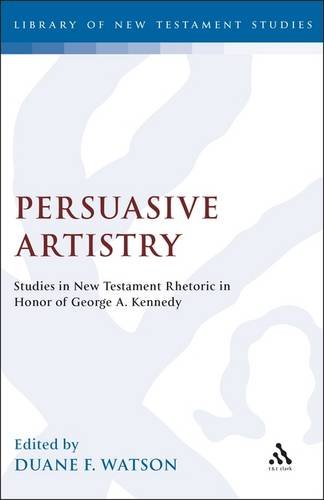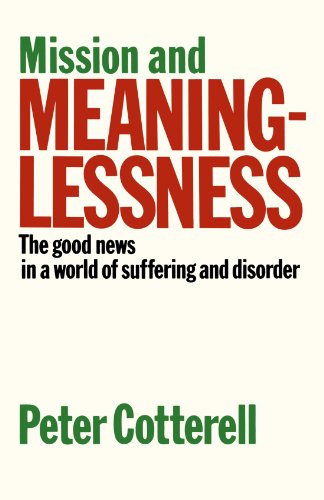Jesus and the Forgotten City: New Light on Sepphoris and the Urban World of Jesus
Written by Richard A. Batey Reviewed By Craig L. BlombergIt is rare to find an evangelical Christian publisher teaming up with an international secular organization to produce a high-quality, glossy-page hardback with stunning photography. But that is precisely what Baker Books and the National Geographic Society have done in this volume. It is also rare to find Christians who know that only four miles north of Jesus’ boyhood home of Nazareth lay the urban centre of Sepphoris, Herod Antipas’ capital city in Galilee prior to the construction of Tiberias in the third decade of the first century. Sepphoris, however, is today the centre of vigorous archaeological work, in view of the number and nature of the finds being unearthed there.
Richard Batey has been involved in these digs and gives a progress report in this book. But the book does much more: it surveys historical background to the life of Jesus, focusing particularly on the Herodian family. It highlights the large quantity of his teaching which makes sense against an urban background, most notably theatrical and royal imagery. It compares Antipas’ Galilean economy with the economy of the kingdom of God. And it develops Jesus’ compassion for those urban moguls, the tax collectors, along with his significant involvement in the major city of Jerusalem. All of this is to support one central thesis—that we should read the life of Christ against a much more urban backdrop than we usually do. Batey even speculates that much of Jesus’ business as a carpenter would have come from Herod’s major construction projects in nearby Sepphoris, enabling Christ to become well-acquainted with the city as a young man.
It was with great anticipation, therefore, that I went to visit the site of Sepphoris in March of 1992 and discovered, to my surprise, a very modest dig. To be sure, some of the most dramatic artifacts and mosaics had already been taken to the Israel Museum, and construction of an on-site museum shrouded some of the other finds. And yes, there was the clear outline of Greek (not Roman) theatre tucked into the hillside. But it became abundantly clear, as I had suspected even while reading Batey’s work, that the evidence for Jesus’ urban upbringing is entirely circumstantial. Nothing conclusively links him with this city at all. Is it coincidence that the one major Galilean site the gospels never mention is Tiberias, Antipas’ later capital during Jesus’ adult ministry? Might he, with many rural folk, have deliberately stayed away from Sepphoris, too, in order to spend most of his time with the Am-ha-aretz? I learned, too, of the major disputes among archaeologists working on the site; Batey sides almost entirely with Jim Strange, whose views are not yet widely accepted.
In rereading the book I became painfully aware of how misleading the subtitle was. There is very little which is ‘new light’ here. The substantive evidence from Sepphoris is meagre; the majority of the volume is a rehearsal of information available in any NT history. But it is attractively presented and a most instructive guide as to how to write and market a book, which will undoubtedly sell widely, on the slimmest amount of new, hard data. And who knows? As the digging continues, Sepphoris may yet disclose something conclusively valuable for interpreting the life of Christ.
Craig L. Blomberg
Craig L. Blomberg
Denver Seminary
Denver, Colorado, USA






